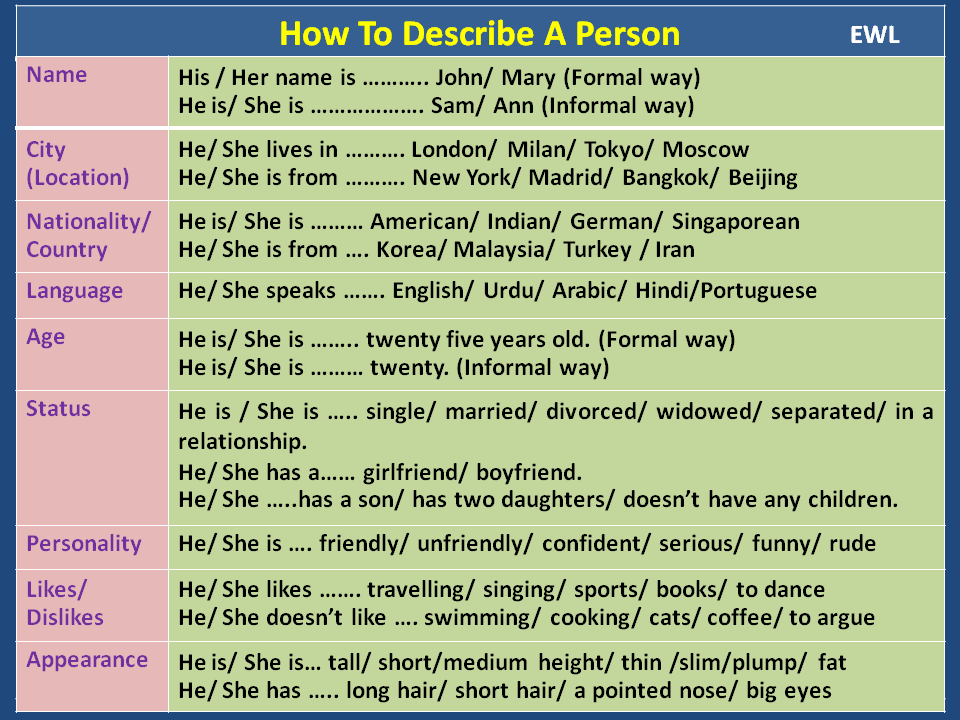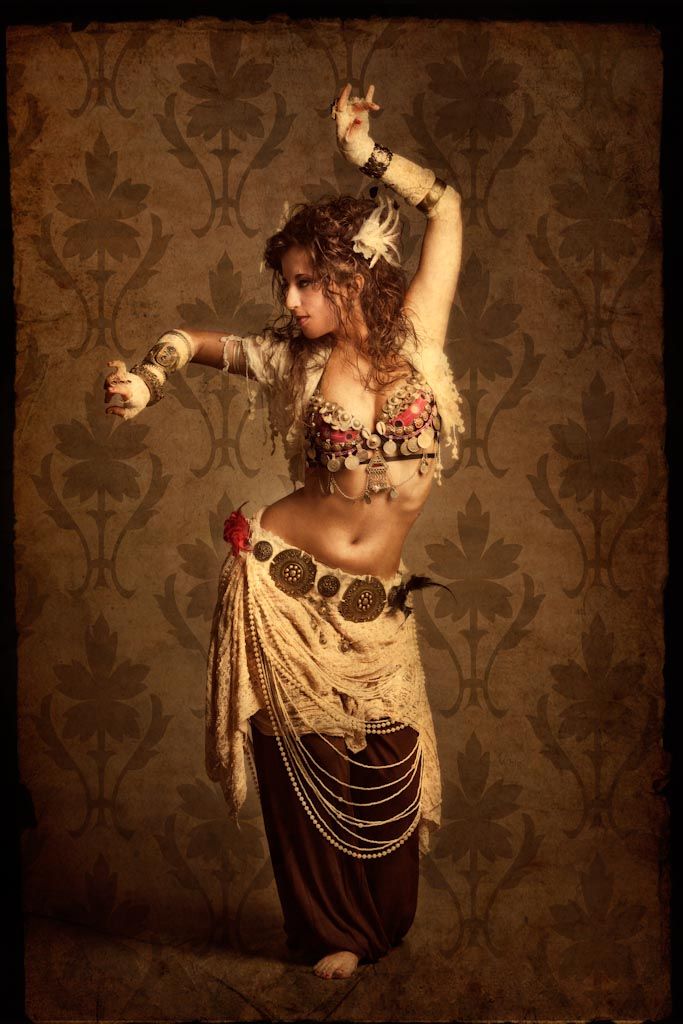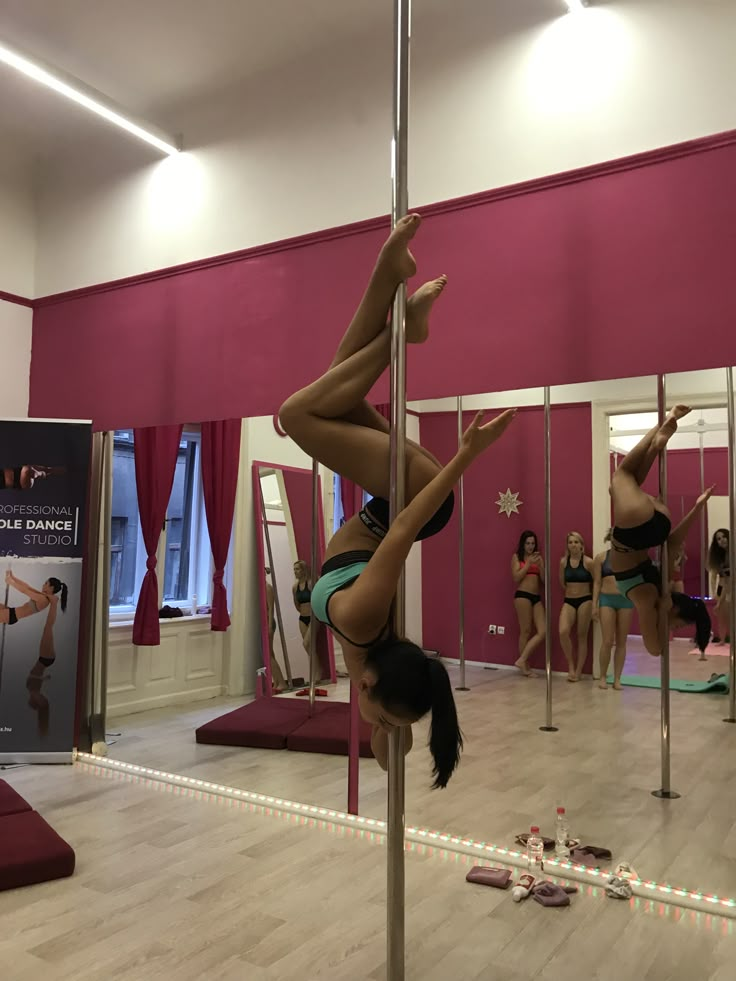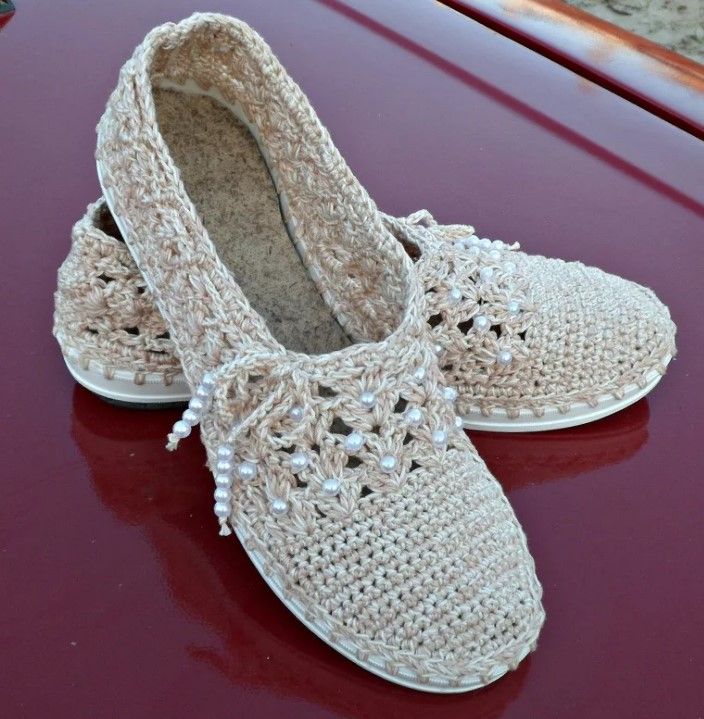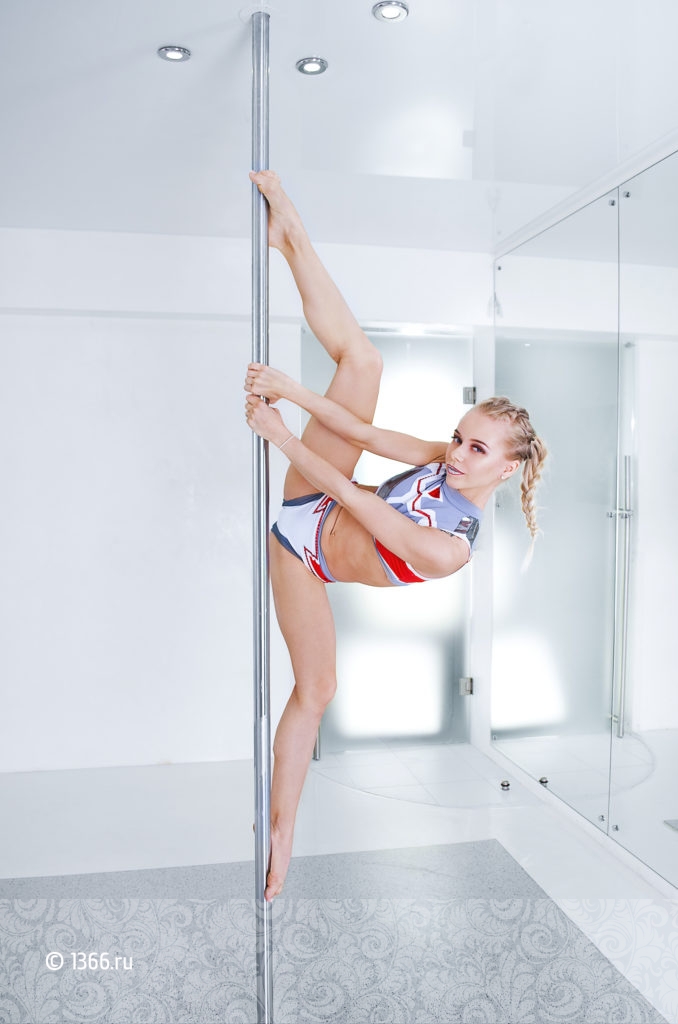How to describe dance moves in writing
How to write a Professional Dance Scene (Tips and Examples)
So you don’t know how to write a dance scene? The words to use, the actions to describe. It can be challenging. What’s too much? What’s too little?
This post will give eight tips on writing dance scenes in a screenplay that most people miss and give actual dance scene examples from scripts accompanied by the movie scene.
So you can write your next dance scene, whether that be:
- Slow dance
- Salsa dance
- Dancing in a club
- Lap dance
- Pole dance
- Breakdance
Let’s begin:
1.) Know the Dance Style and Tell the Reader
This first tip will break the show don’t tell rule, but in specific scenarios, it’s justified.
Name it.
Whether it’s a classical ballet dance or a tap dance.
Saying what type of dance we are about to read on the page is the best way to describe it. It doesn’t matter how you tell them as long as it’s in there.
Examples:
They enter a wonderland of hip-hop break dancers.
She laces up her ballerina shoes.
Announcer Next up to the pole, we call her...White Diamond.
It’s best towards the beginning, especially if the movie isn’t about a dancer and this is a one-off scene. You have to let the reader know what type of dance is happening.
Naming, the dance in the opening, helps the reader imagine what the setting looks like and how slow or fast the dance is happening.
If it’s in a nightclub, people will assume it’s fast-paced unless described differently. If it’s in a strip club, people will think it’s slow and sexual.
We will get in some great ways to describe it, but you must first understand, what you say is more important than how you say it.
2.) Dance scenes are written short
This tip always stops people in their tracks. But yes, dance scenes are written short and not that descriptive.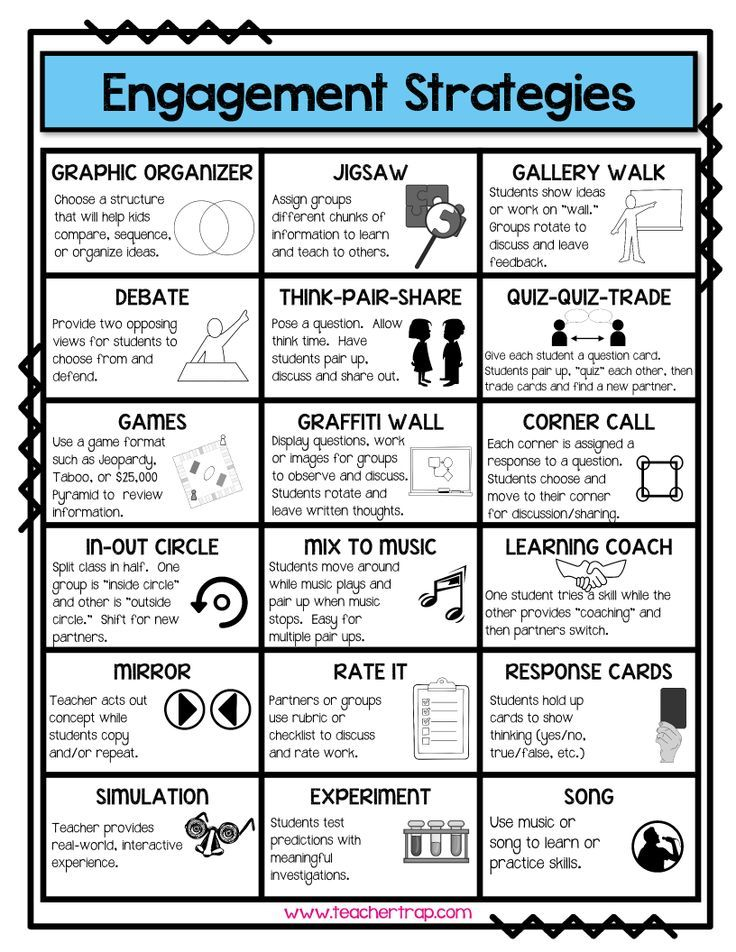
In my research, every single written dance scene is shorter than the actual movie version. Generally, for every one page in a script, it equals one minute on the screen. But for most scenes with motion, like dance scenes, action scenes, fight scenes.
Screenplays are just a blueprint for a film, so when writing, remember naming every twirl, flip, or spin isn’t just not needed it’s arguably considered bad writing.
How short are we talking?
I’ve read dance scenes that say
They dance
Yes, Hollywood produced screenplays.
Example:
Pulp Fiction ScreenplayPulp Fiction Dance SceneWhy?
The director will come up with what it looks like; it’s your job to come up with what it feels like. It’s your job to write the essential parts. Now that’s extreme, but it shows how minuscule this part of your script should be.
Example 2:
LALA Land ScreenplayLALA Land Opening SceneEven in a musical, The entire four-minute scene is written in half a page.
4.) Describe the Whole Emotion, not the Entire Dance
When writing a dance scene, you want to give a feeling. This feeling should reflect the tone at the moment.
The non verble comunication.
What are the expressions and emotions your character gives off while dancing? These words are far more valuable in a dance scene than the actual move itself.
Example:
There are no dance descriptions even written just about the emotion the protagonist is feeling.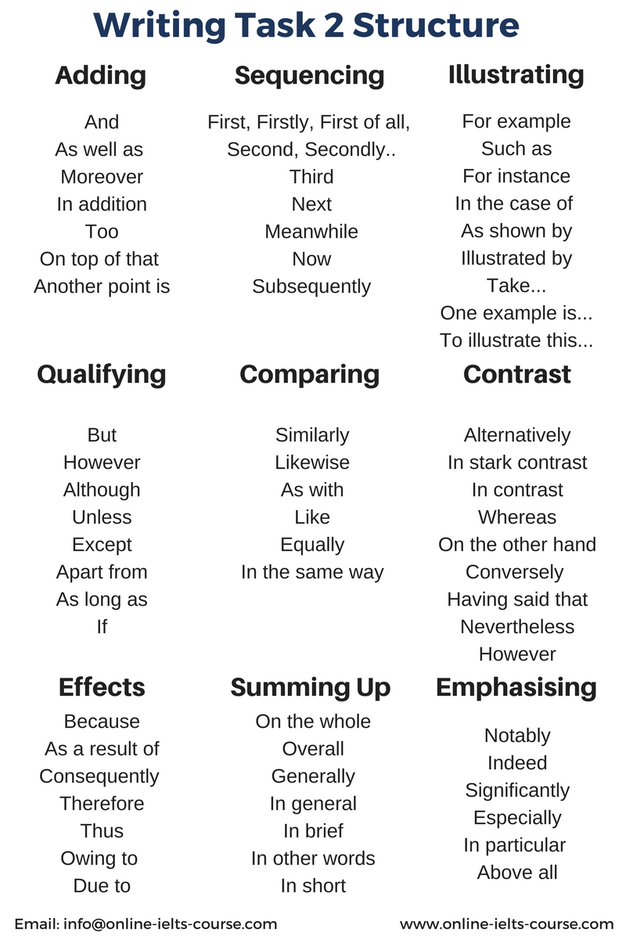
But what dance moves do you describe? Keep reading.
3.) Only Describe the Essential Dance Moments
What is essential?
The broad strokes of a dance or the most crucial moment.
- The big move for the judges.
- The hardest part for the dancer to pull off.
- The moment of significantly heightened emotion.
If you watch movies, every dance scene has one. And if you read the screenplays, the writer usually writes only that part.
4.) Use Vivid Action Words
How do you describe dance in words? Don’t use dance terminology unless your writing about some Olympic or sporting event. Or if the term is being used in dialogue.
We can talk about what you don’t do because there aren’t firm rules on what you should do when it comes to creativity.
But generally use words that paint a picture. The image you give with your words is all that matters.
Example:
Don’t write this
She jumps
Write this
She leaps
or better yet
She floats in the air.
Think about it everyone jumps basketball players, kids on the playground. But “floating” paints a picture of grace I can see. It’s specific to a ballerina or contemporary dance.
Example 2:
Don’t write:
She dances with her hands up.
Write:
Her hands held rollercoaster high, raging to the beat of the drum.
I’m trying to describe dancing in a club or a Rave.
Since we are trying not to bore the reader with too many details, we have to paint an image with the words we know. Think what type of jump it was? Basic terms will not work when describing a dance. You have to think harder than that.
5.) Break Up More Extended Scenes with Dialogue
Dialogue is a great way to break up any action, including dance. It stops your dance scene from being two-wordy and keeps the reader engaged.
I think about the Mr. and misses smith dance scene. This scene is quite long, but what keeps it intresting is the antiques and wordplay from both assassins trying to get the upper hand during the dance.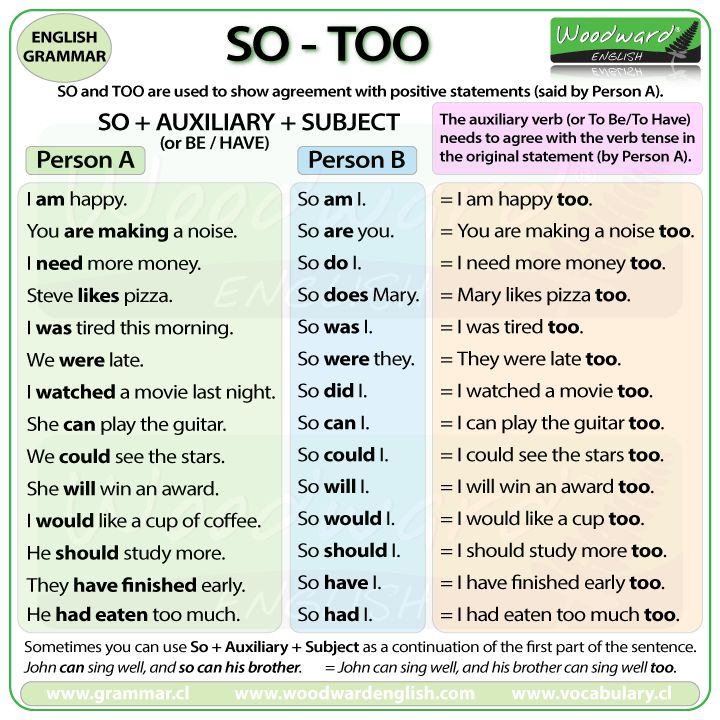
Example:
Mr. and Mrs. Smith Dance Scene6.) Know the Steaks of the Dance SceneWho wins or loses.
Not purely speaking from a competition sense but ask yourself:
- What do we find out about the protagonist?
- What questions do we have after the scene?
The actions your character takes during the dance scene speak volumes.
Just like the Mr. and Mrs. Smith example above, we can tell by the conversation they don’t trust each other, but by the end, we find out that maybe in their marriage, real feelings were involved.
Find out the steaks of the scene, who wins and who loses based on the result of the scene.
If you noticed, this isn’t much of a Dance scene thing but how to write a scene in general because every scene must have these things.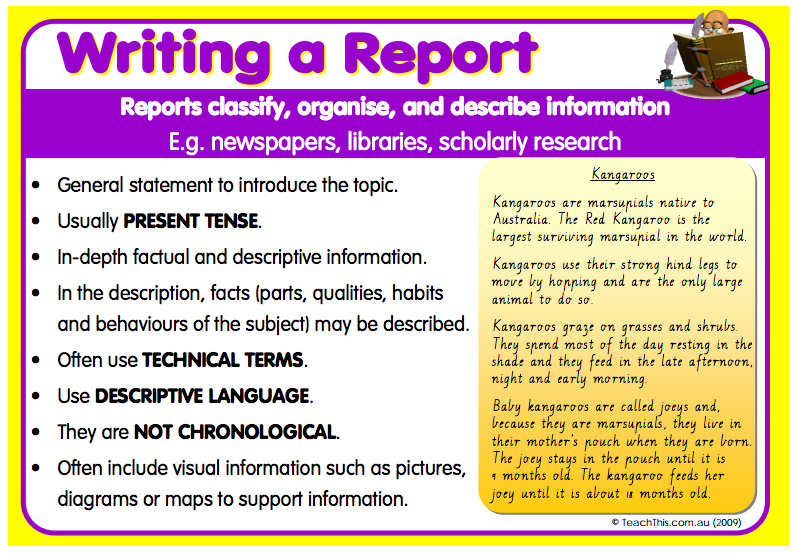
This brings me to my second to the last point.
7.) What do we Discover as a Result of the Dance Scene?There has to be an end goal of discovery. If not, it doesn’t matter how amazing your wordplay is or your character’s actions.
By looking at your story from a birds-eye view, a skilled reader will know you have no idea what you’re doing.
Example:
LALA Land SceenplayLALA Land Dance Scene8. Reference the Sound
Sound is just as big a part of a dance scene as the physical movement is, so don’t hesitate to engage more of the readers’ senses by referencing the sounds that the viewer will hear in the scene, such as the music or, like in this scene from Black Swan, the way that the music ends.
Conclusion
In this post, you learned:
What not to do when writing dance scenes just as much as what to do.
- Tell the reader the type of dance upfront.
- Keep them short—preferably short, punchy sentences.
- Emotion trumps actions.
- Never use dance terminology. It confuses the reader.
- Have a point ot the dance scene.
Now its time to hear from you:
Did I miss anything?
How have you seen dance scenes written in screenplays?
Whatever your answers are, let’s hear them in the comments below.
Happy writing.
Posted in How to Guides By D.K.WilsonPosted on Tagged dance scene
Quotes and descriptions to inspire creative writing
Search for creative inspiration
19,589 quotes, descriptions and writing prompts, 4,959 themes
Search entire site for dance
Descriptionari works better if you enable javascript in your browser settings.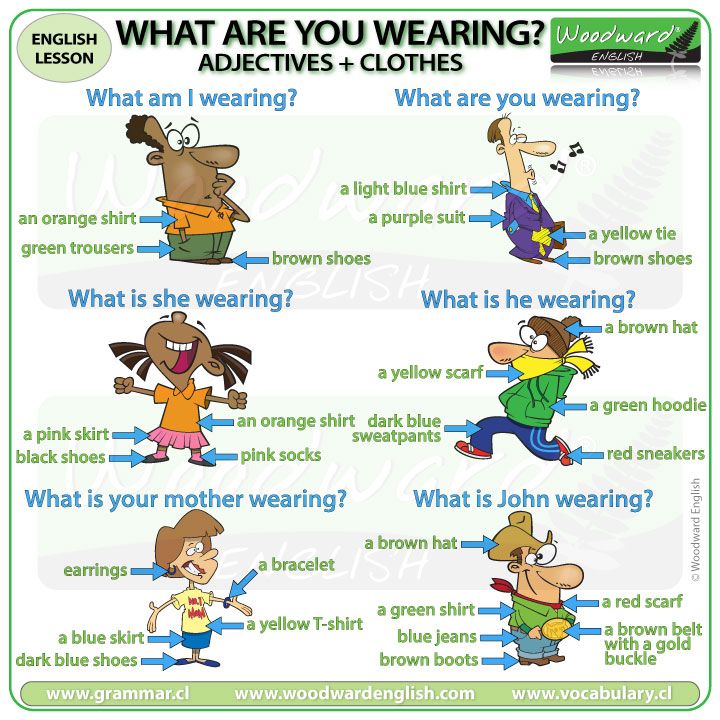
See also
GeneralDance was the speaking of my chi, how it communicated with my own soul and others.
Read more
By Angela Abraham, @daisydescriptionari, February 19, 2021.
GeneralTo dance is the art of my most happy soul.
Read more
By Angela Abraham, @daisydescriptionari, February 19, 2021.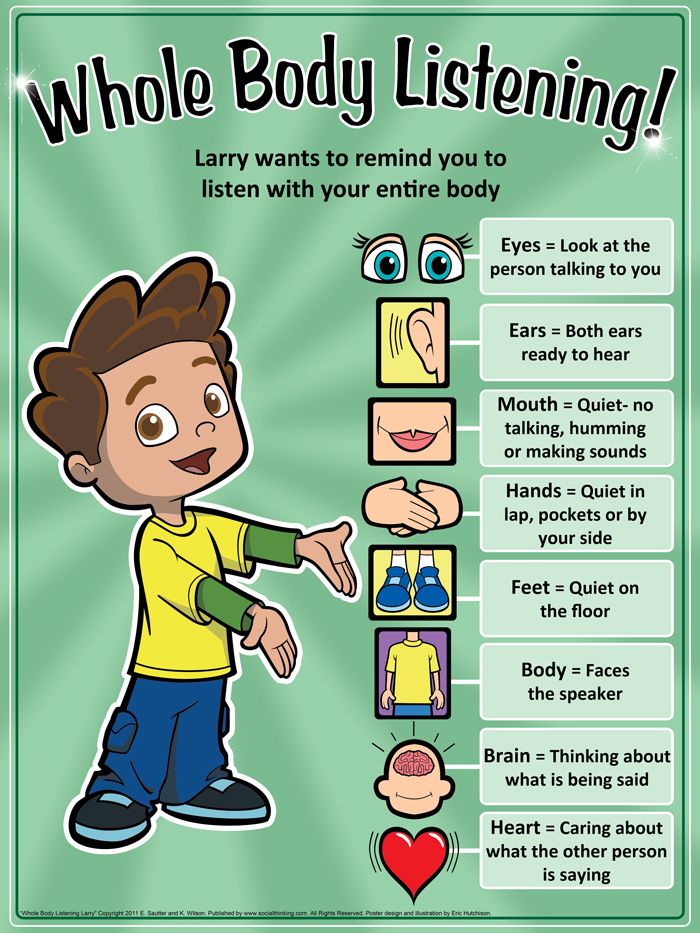
To dance is to heal, to speak in the language of emotion, a language that is so much more ancient than words.
Read more
By Angela Abraham, @daisydescriptionari, February 19, 2021.
Romance / GeneralWhen Alisha flowed in dance it was as if it were the only way her body truly knew how to speak. Verbally she was guarded, physically she would shrink and fade into the background no matter where she was.
On stage her personality, her sensuality burst through into the most vibrant picture of a beautiful soul. Troy watched her move to the music filling the gymnasium, crackling somewhat from the old cassette recorder. For the most part that ancient music machine was her only audience, watching her with those two dusty black eyes. As she turned her eyes caught him standing there, him less adept at hiding in the shadows than she. He dropped his eyes momentarily before looking, his head tilted to one side and a hopeful smile playing on his lips.
Read more
By Angela Abraham, @daisydescriptionari, October 8, 2015.
GeneralWhen Kory heard the music it was like liquid adrenaline being injected right into his blood stream - not so strong as to freak him out, but just enough to make him tingle and start to move his body.
He'd never had a dance class, but he and his mates had jived to music since their early teens, competing in the friendly way boys do to "up" one another. Now, just turned twenty, he was a well oiled machine on the dance floor. He didn't dance to show off, to make the girls watch - but they did. Anyone that could move like their limbs were half liquid in perfect rhythm and still look strong were interesting to say the least. He was used to the attention and he liked it. Then one day a new girl was at the club, not a mover and shaker, kinda shy in the way she moved, but he couldn't help but imagine them together. She was black, her hair in tight braids and he looked at her like he'd never really seen a woman before. Then for the first time in years he felt like if he opened his mouth nothing witty or interesting would come out...
Read more
By Angela Abraham, @daisydescriptionari, February 24, 2015.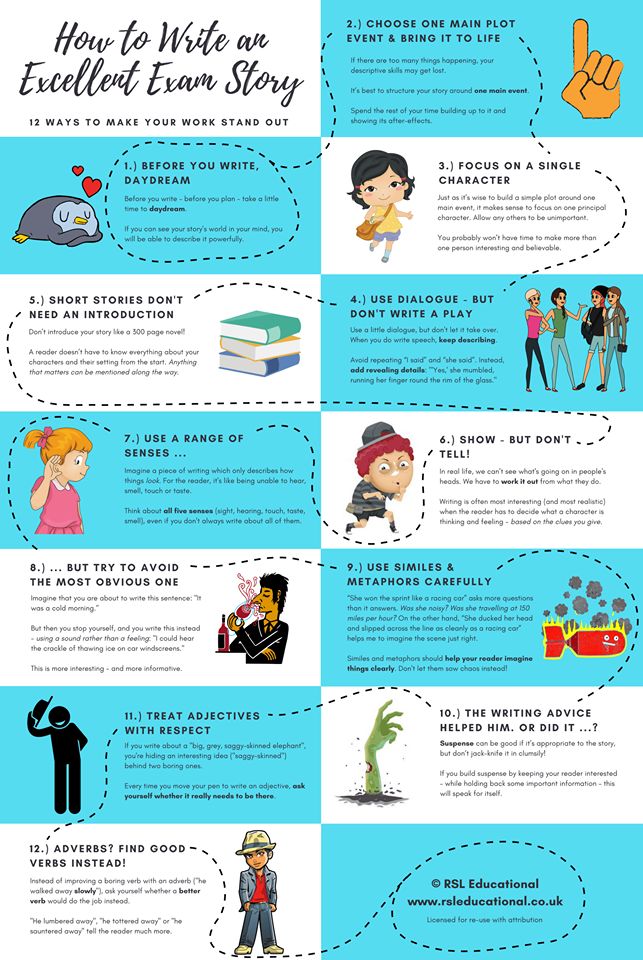
Jerome grew up in a household of women who danced. There was never a day that went by without his mother or an aunt taking him by the hands to waltz or boogie around the room. Music was on from first light to last. In a way it flowed through them and between them, creating bonds stronger than the walls of the temple. Every time he heard those old tunes in the years to come he was dancing again, dancing with those women who loved him more than the rising sun.
Read more
By Angela Abraham, @daisydescriptionari, October 8, 2015.
GeneralPolly never walked anywhere.
Her legs extended like a prima ballerina and she glided from place to place, arms held in front, finger tips touching. For her a moment spent not dancing was a moment wasted. Others saw it as eccentricity, but to me it was perfection. Expression through movement was her genius and watching her hone it was more breathtaking than the new flowers of spring.
Read more
By Angela Abraham, @daisydescriptionari, October 8, 2015.
GeneralTo dance was freedom, to dance was to become an opening flower or a bird aloft. To feel the movement was new breath for my body and nourishment for a soul so tired. I could dance until the sweat dripped to the polished wood and my reflection showed pink cheeks.
After that sleep came easy and the dreams were of more twirls and leaps to the music that was part of my blood.
Read more
By Angela Abraham, @daisydescriptionari, October 8, 2015.
%username%, %age%.
Pa golubets - movement in dance
Pa golubets - stress on the letter - "o".
Name:
Holubiec (Polish) - Stuffed cabbage.
Coup de Talon (French) - Coup de Talon. The literal translation is "heel strike".
The movement is a jump to the side on the supporting leg, the aerial part of which is accompanied by a spectacular hit of the heel on the heel.
Music:
Time signature 2/4 (in the KRAKOVIAK dance) or 3/4 (in the MAZURKA dance).
Simple cabbage roll
Music:
Time signature 2/4 or 3/4.
The movement is played in 1/4 measure.
Count for the execution of the movement: I (zatakt) -1
Starting position:
The dancers stand in a line.
Legs - in 1 position.
Arms at the waist.
Simple cabbage roll from the right leg.
| Account | Movement description |
| Start (I) | Squat slightly on the left leg. At the same time, the right leg with a straightened knee and an extended toe, sliding the toe along the floor, bring it to the side (to the right) on the toe. The toe of the right foot does not come off the floor. The body, without bending, leans slightly to the left (towards the left leg). The head turns to the right (toward the right shoulder). |
| 1 | Make a small light jump on the left foot with a slight advance to the right, along the floor. At the same time (during the jump), the legs, sliding with toes on the floor, sharply close with their heels: the left leg approaches the right leg, and the right leg approaches the left, and the heels lightly hit each other (hit with the inside of the heels). The toe of the right foot touches the floor all the time. When hitting with heels, both legs are extended at the knees, the toes are pulled back. |
| and | After the jump, get down on the left leg and repeat the movements performed on the back beat: lowering on the left leg and bringing the right leg to the side on the toe. |
Then the movement can be repeated again with the right foot.
Simple stuffed cabbage left leg.
From the left leg, the movement is performed similarly, with a jump on the right leg and advance to the right side.
When performing Pa cabbage rolls with the left foot, the body leans slightly to the right, the head turns to the left.
Notes:
- Performing the movement with the right foot, the dancer moves to the right. Performing the movement from the left foot, the dancer moves to the left.
- Incorrect execution of the movement Pa cabbage roll is expressed in the fact that when performing the movement from the right foot, the right foot makes a blow to the left. It should be done the other way around: in the jump, the supporting leg should hit the working one. Those. when performing the movement from the right foot (with advancement to the right side), the heel of the left foot should tamp the heel of the right. And when performing the movement from the left foot (with advancement to the left side), the heel of the right foot should tamp the heel of the left.
- When performing Pa cabbage rolls from the right foot (i.e. when the left foot knocks out the right), the body is slightly tilted to the left, the head is slightly turned to the right.

- When hitting with heels, both legs are extended at the knees, the toes are pulled back.
- Pa cabbage rolls should have the character of a swift, light and sliding movement to the side.
When performing Pa cabbage rolls from the left foot (that is, when the right foot knocks out the left), the body is slightly tilted to the right, the head is slightly turned to the left.
Jumps must be very small and light.
The sock glides across the floor without leaving it.
Double Pa stuffed cabbage with a triple inflow
Performed in the dance "KRAKOVIAK".
Music:
Time signature 2/4.
The movement is played for 2 measures.
Count for the execution of the movement:
1st step: I (zatakt) -1-I-2-I
2nd cycle: 1-I-2-I
Starting position:
The dancers stand in a line.
Legs - in 1 position.
Arms at the waist.
Double Pa-stuffed cabbage with a triple inflow from the right foot.
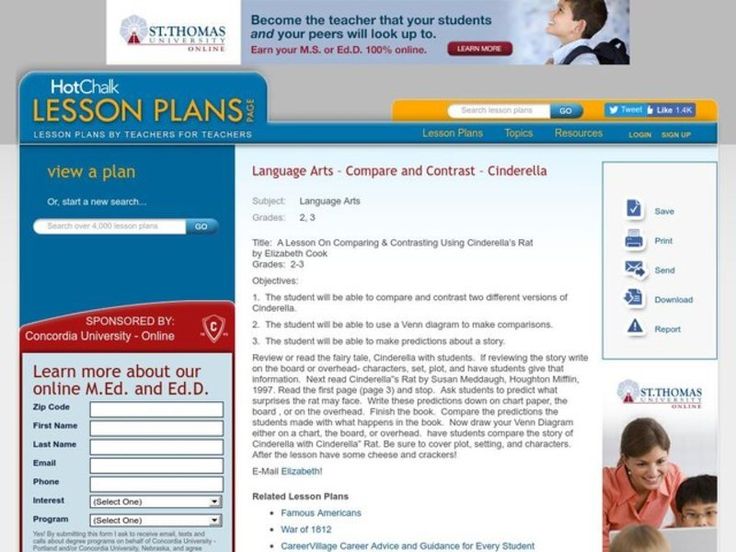
| Account | Motion description |
| 1 cycle |
Double Pa-stuffed cabbage |
| Lead-in (I) | Squat slightly on the left leg. At the same time, take the extended right leg to the right side on the toe, sliding the toe along the floor. The body, without bending, tilts slightly to the left. The head turns to the right. |
| 1 | Make a small jump on the left foot, moving slightly to the right, and while jumping, strike the heel of the left foot against the heel of the right foot. (Hit the inside of the heel of the left foot on the inside of the heel of the right foot.) In the jump, when hitting with heels, the knees of the legs are straightened, the toes are pulled back. Do not take your toes off the floor. |
| and | Finishing the jump, lower yourself onto your left leg, slightly crouching on it. At the same time, take the extended right leg to the right side, sliding the toe along the floor. |
| 2nd | Repeat the movements performed at the expense of 1-I. |
| 2 stroke |
Triple flush |
| 1 | Easy to stomp the right foot next to the left foot. Raise your left leg slightly off the floor. The body is leveled during the execution of flushing. Head - straight. |
| and | Easy to stomp the left foot next to the right foot. Raise your right leg slightly off the floor. |
| 2 | Easy to stomp the right foot next to the left foot. (Body weight is on the right leg.) Raise your left leg slightly off the floor. |
| and | Squat slightly on the right leg. Move the left foot, sliding the toe along the floor, to the left side. The body, without bending, leans slightly to the right. The head turns to the left. |
Further, the double Pa-stuffed cabbage with a triple inflow is performed from the left foot.
Double Pa-stuffed cabbage with a triple inflow from the left foot.
The movement from the left foot is performed in the same sequence, but the jump is performed on the right foot moving to the left side.
Triple stomp starts with the left foot.
Pa cabbage roll with a step to the side
Performed in the dance "WALTZ-MAZURKA"
Music:
Time signature 3/4.
The movement is played for 2 measures.
Count for the execution of the movement: I (zatakt) -1-2-3
Starting position:
The dancers stand in a line.
Legs - in 1 position.
Arms at the waist.
Pa cabbage roll with a step to the side from the right foot.
| Account | Movement description |
| Start (I) | Squat slightly on the left leg.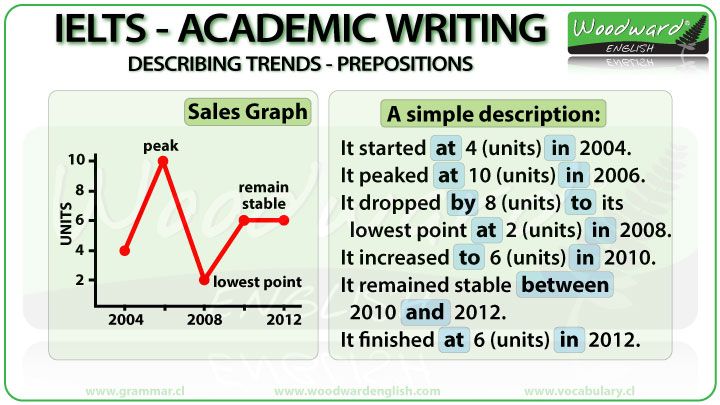 At the same time, take the extended right leg to the right side on the toe, sliding the toe along the floor. The body, without bending, tilts slightly to the left. The head turns to the right. Immediately make a small jump on the left foot, moving slightly to the right, and while jumping, strike the heel of the left foot against the heel of the right foot. In a jump, when hitting with heels, the knees of the legs are straightened, the toes are pulled back. Do not take your toes off the floor. |
| 1 | Finishing the jump, lower yourself onto your left leg, slightly crouching on it. At the same time, take the extended right leg to the right side, sliding the toe along the floor. |
| 2 | Straightening the knee of the left leg (rising from the squat on the left leg), take a step with the right leg to the side, to the 2nd position. (Lower the right leg to the floor from the toe to the entire foot and transfer the weight to it. ) ) Straighten both knees. Raise the heel of the left foot above the floor. (Left foot touches the floor with the toe.) |
| 3 | Sliding the toe along the floor, pull the left foot to the right foot and put it in 1 position. Shift your weight onto your left leg. |
The movement can be repeated several times in one direction, with the same foot. (The inclination of the body and the turn of the head do not change at the same time.)
Pa cabbage roll with a step to the side from the left foot.
The movement from the left foot is performed in the same sequence, but the jump is performed on the right foot moving to the left side.
Start step with left foot.
Stuffed cabbage in a pair
Starting position:
Partners stand facing each other. The boy stands with his back to the center, the girl - facing the center.
Legs - in 1 position.
Boy's right hand and girl's left hand connected in 2 positions.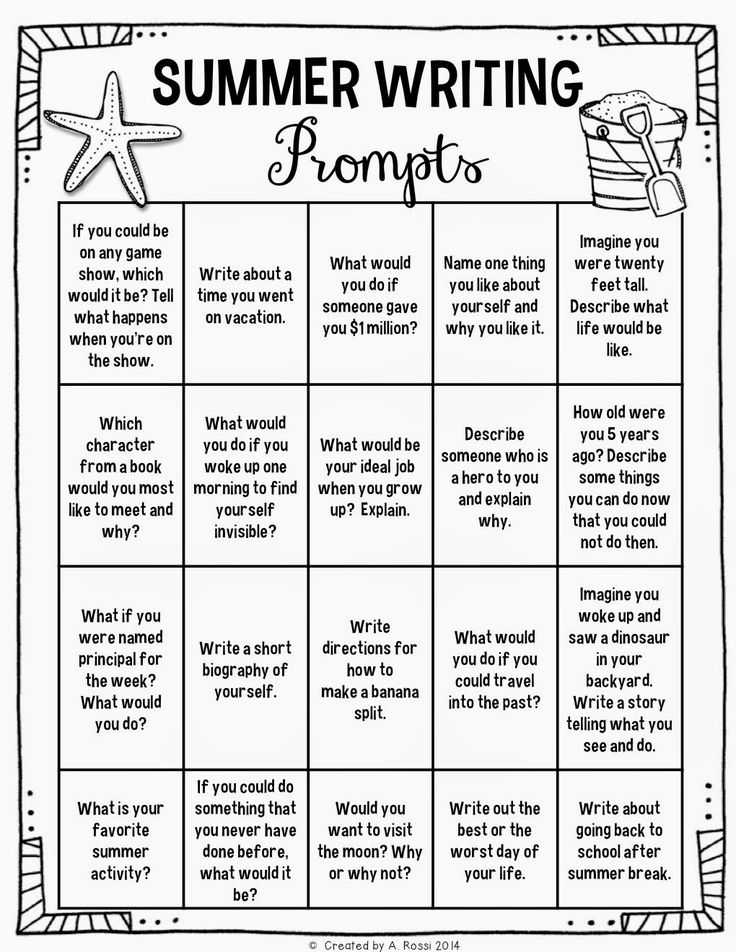 (Connected hands, slightly rounded at the elbows and wrists, set aside, slightly below the level of the girl's shoulders.)
(Connected hands, slightly rounded at the elbows and wrists, set aside, slightly below the level of the girl's shoulders.)
Free hands - at the waist.
If the boy performs the movement from the left foot, then the girl from the right foot.
And vice versa.
Literature
- " Dance Study Guide ". Gavlikovsky N.L. 4th Edition, Rev., Ed. Lan, Planet of Music, St. Petersburg, 2010
- " Dancing ". Compiled by L. Bogatkova. Ed. Young Guard, M., 1953
- " Ballroom dance ". Methodological guide for leaders of amateur dance groups and teachers of ballroom dancing circles. Reznikova Z.P. Ed. Goscultprosvetizdat, M., 1953
- " Ballroom dancing. Sarikojumu dejas ". Lasman Milda. Ed. Latvias Valsts Izdevnieciba, Riga (Riga), 1954
- " Dance ". Textbook for theatrical universities (on stage dance). Vasilyeva E.D. Ed. Art, M., 1968
- " New ballroom dancing ". Collection.
 Compiled by L.G. Stepanova. Ed. Soviet Russia, M., 1969
Compiled by L.G. Stepanova. Ed. Soviet Russia, M., 1969 - " New ballroom dancing ". Collection. Compiled by L.G. Stepanova. Ed. Soviet Russia, M., 1972
- " Allow me to invite ". Collection of modern dances. Issue. 2. General edition and compilation by V. Kudryakov. Ed. Soviet composer, M., 1977
- " Modern ballroom dance ". Manual for students of cultural institutions, students of cultural and educational schools and leaders of ballroom dance groups. Edited by V.M. Striganova and V.I. Ural. Ed. Enlightenment, M., 1978
- " We invite you to dance ". Collection of popular ballroom dances. Compilation about the general edition of V. Kudryakov. Ed. Soviet composer, M., 1982
- " Rhythm at school, the third lesson of physical culture ". Teaching aid. J.E. Firileva, A.I. Ryabchikov, O.V. Zagryadskaya. Ed. Phoenix, Rostov-on-Don, 2014
Video for the dance element "Pa cabbage roll".
The dance element "Pa dove" is demonstrated by Galina Mikhailovna KONDRATENKO, head of the City Methodological Association of Ballroom Dance Teachers at the St. Petersburg City Palace of Youth Creativity. The recording was made at the seminars of the City Methodological Association of Ballroom Dance Teachers of St. Petersburg.
Petersburg City Palace of Youth Creativity. The recording was made at the seminars of the City Methodological Association of Ballroom Dance Teachers of St. Petersburg.
Krakowiak (dance) - description
Dance author - N.L. Gavlikovsky
Time of creation of the dance - the end of the XIX century. - the beginning of the XX century.
Krakowiak - Polish folk dance. It originated among the inhabitants of the Krakow Voivodeship (Krakowiaks). In the 14th century Krakowiak spread among the gentry and was one of the most popular dances in Poland. In the old days, only men danced Krakowiak, later - a man paired with a woman.
On the basis of the characteristic folk movements of this dance, the Russian choreographer N.L. Gavlikovsky created a domestic ballroom dance.
Gavlikovsky built a composition that combines the characteristic elements of the Krakowiak dance with the Waltz. For some time, the composition of Gavlikovsky had its own name - "Varshavyanka".
The dance is included in the competition program for classical (domestic) ballroom dancing for the age category of performers - 12-13 years old.
Music:
Time signature - 2/4.
The pace is moderately fast.
DANCE DESCRIPTION
Recording of the dance – Ivanova E.I.
Basic dance elements and dance movements:
- Dance step
- pas de basque
- Pa cabbage roll
- Waltz turns in time signature 2/4.
The basic dance elements must be carefully studied before learning the entire composition.
Dance composition.
Dance composition takes 16 measures of musical accompaniment and consists of 2 figures of 8 measures each.
FIRST FIGURE (8 measures) includes "pas de basque" (4 measures) and "walking" (dance steps) along the line of dance and against the line of dance (4 measures).
The composition allows the replacement of the "passage" with the "double stuffed cabbage with a triple stomp", also performed in advance along the line of dance and against the line of dance.
It is also possible to combine "driving" - along the line of dance and "double stuffed cabbage with a triple stomp" - against the line of dance.
SECOND FIGURE (8 bars) - 4 Waltz rounds (4 full waltz turns) performed in 2/4 time signature.
Starting position:
Partners stand next to each other, facing along the line of dance (the girl is to the right of the boy).
Legs - in 3 positions: the boy has the left leg in front, the girl has the right leg in front.
The body of the boy is slightly turned to the right (diagonally from the center along the line of dance), the body of the girl is slightly turned to the left (diagonally to the center along the line of dance).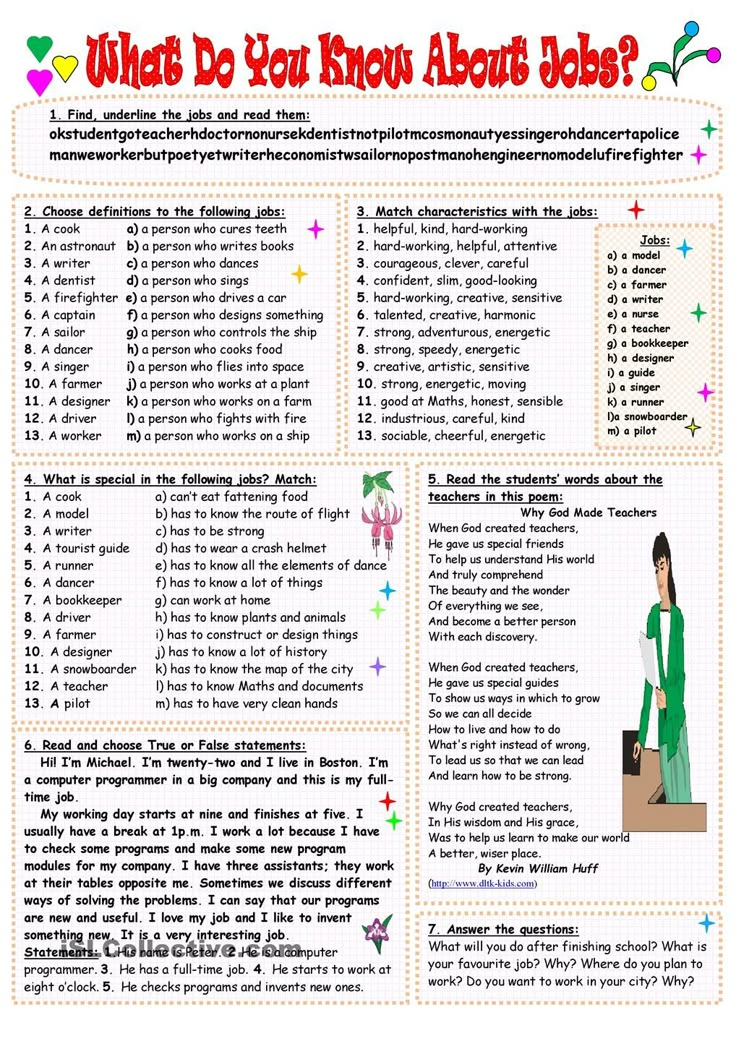
The boy's head is slightly tilted to the left, the girls' head to the right. Looking at each other.
The boy's right hand and the girl's left hand are laid aside (against the line of dance) and connected at the level of 2 positions.
The boy's left hand and the girl's right hand are free at the waist.
The boy starts the dance with his left foot.
The girl starts the dance with her right foot.
| Clock count | Movement Description |
|
FIRST FIGURE (1-8 measures) | |
|
1 part of the first figure (bars 1-4) | |
| 1 cycle Account: I-1-I-2 | "Pas de Basque" on the spot (no promotion). The boy performs the pas de basque from the left foot, the girl - from the right foot. The bodies of the partners turn from each other: the boy - to the left by 1/4 turn (diagonally to the center along the line of dance), the girl - to the right by 1/4 turn (diagonally from the center along the line of dance). The boy's head tilts slightly to the right (toward the right shoulder), the girl's head to the left (towards the left shoulder). The joined hands (the right hand of the boy and the left hand of the girl) are smoothly lowered down, and then brought forward (along the line of dance) to the level of the 1st position. (The position of the free hands does not change.). |
| 2 stroke Account: I-3-I-4 | "Pas de Basque" on the spot (no promotion). The boy performs pas de basque from the right foot, the girl - from the left foot. Partners turn to the starting position: the boy - to the right (diagonally from the center along the dance line), the girl - to the left (diagonally to the center along the dance line). The joined hands (the right hand of the boy and the left hand of the girl) are smoothly lowered down, and then transferred to the side to the starting position. (The position of the free hands does not change. |
| 3-4 cycles | Repetition of movements 1-2 measures. |
|
2nd movement of the first figure (bars 5-8)First option: 5-6 measures - "Passing" along the line of dance 7-8 bars - "Passage" against the line of dance | |
| 5-6 bars Account: 1-2-3-4 | "Tracking" along the line of dance. Count 1-2-3- Turning to face along the line of dance, the partners perform three dance steps forward along the line of dance: the boy starts on the left foot, the girl on the right. With the first step, the joined hands (the right hand of the boy and the left hand of the girl) smoothly go down, and then move forward (along the line of dance) to level 1 position. (Free hands remain at the waist.) Heads - straight, look - forward. Count 4- The dancers perform a foot stomp (leg prefix in 1 position with a soft blow to the floor): a boy - a stomp with his right foot, a girl - a stomp with his left foot. When performing a footstep, the boy makes a half turn to the right on his left foot, the girl - half a turn to the left on his right foot (through the position - facing each other), facing opposite the line of dance. Connected hands move down and then out to the side (against the line of dance) to level 2 positions. After the partners turn, the joined hands are in front of the bodies of the dancers. (The position of the free hands does not change.) It is allowed on account 4 (together with a turn on the supporting leg) to make with the free foot not a stomp, but a “flick” - a light sliding stroke on the floor with the ball of the foot forward from the supporting leg, with the foot forward on the toe (against the line of dance), without tearing her from the floor: the boy - with his right foot, the girl - with his left. |
| 7-8 strokes Account: 1-2-3-4 | "Passage" against the line of dance.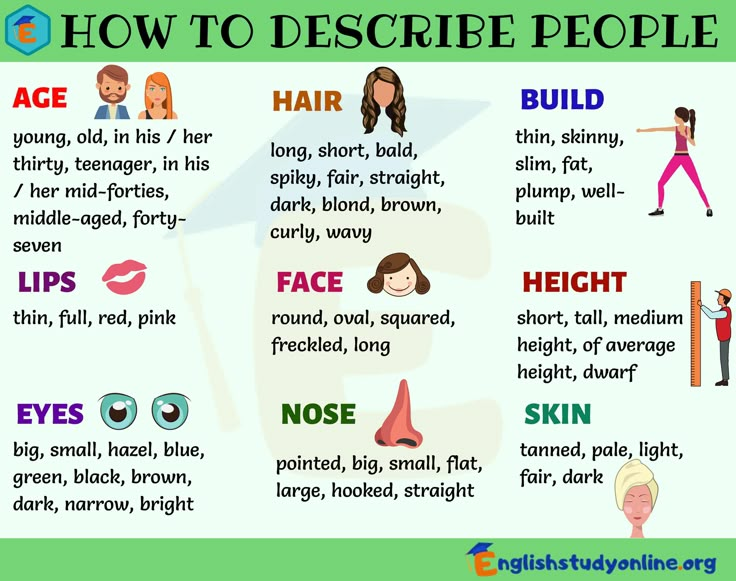 Score 1-2- Partners perform two dance steps forward against the line of dance: the boy starts on the right foot, the girl on the left. Count 3- Turning to face each other, the partners take a step to the side (against the line of dance), slightly approaching each other: the boy - with his right foot, the girl - with his left. Count 4- The dancers put their free foot in 3rd position: the boy puts his left foot in front, the girl puts his right foot in front. (The weight of the body is not transferred to the attached leg.) Partners take a closed position to perform a classical waltz. |
|
2nd movement of the first figure (bars 5-8)Second option: 5-6 bars - "Double pas with a triple stomp" along the line of dance 7-8 bars - "Double pas with a stuffed cabbage with a triple stomp" against the line of dance | |
| 5-6 bars Account: I-1-I-2 I-3-I-4 | "Double pas stuffed cabbage with triple stomp" along the line of dance.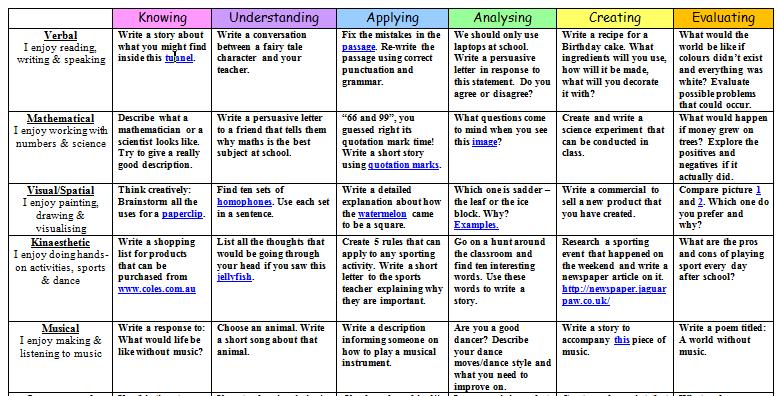 At the end of the 4th measure (after the execution of the "pas de basque" movement), the partners turn to face each other (the boy - with his back to the center, the girl - facing the center). The joined hands are directed to the side (against the line of dance), the free hands are at the waist. The boy performs "double pas with a triple stomp" from his left foot, moving along the line of dance. A girl performs a "double pas with a triple stomp" from her right foot, also moving along the dance line. |
| 7-8 strokes Account: I-1-I-2 I-3-I-4 | "Double pas stuffed cabbage with triple stomp" against the line of dance. Also in a position facing each other, without changing the position of the hands: A boy performs a "double pas with a triple stomp" from the right foot, advancing against the line of dance. The girl performs a "double pas with a triple stomp" from her left foot, also advancing against the line of dance. On the last footstep, the boy puts his right foot in 3rd position, behind the left foot, the girl puts his left foot in 3rd position, behind the right foot. Partners take a closed position to perform a waltz. (Legs in 3 positions: the boy has the left leg in front, the girl has the right.) |
|
2nd movement of the first figure (bars 5-8)Third option (combined): 5-6 measures - "Passing" along the line of dance 7-8 bars - "Double pas stuffed cabbage with triple stomp" against the line of dance | |
| 5-6 bars Account: 1-2-3-4 | "Tracking" along the line of dance. Count 1-2-3- After the 4th measure, the dancers turn to face along the dance line and perform three dance steps forward along the dance line: the boy starts with the left foot, the girl with the right. The joined hands (the right hand of the boy and the left hand of the girl) are smoothly lowered down, and then brought forward (along the line of dance) to the level of the 1st position. Score 4 - The dancers perform a stomp: the boy - with his right foot, the girl - with his left foot. When performing the stomp, the partners turn to face each other (the boy - with his back to the center, the girl - facing the center). The weight on the attached leg is not transferred. Connected hands move down and then out to the side (against the line of dance) to level 2 positions. Free hands remain at the waist. |
| 7-8 strokes Account: I-1-I-2 I-3-I-4 | "Double pas stuffed cabbage with triple stomp" against the line of dance. Facing each other: A boy performs a "double pas with a triple stomp" from the right foot, advancing against the line of dance. The girl performs a "double pas with a triple stomp" from her left foot, also advancing against the line of dance. On the last footstep, the boy puts his right foot in 3rd position, behind the left foot, the girl puts his left foot in 3rd position, behind the right foot. Partners take a closed position to perform a waltz. (Legs in 3 positions: the boy has the left leg in front, the girl has the right.) |
|
SECOND PART (bars 9-16) | |
| bars 9-16 | In the closed position of classical ballroom dancing, the dancers perform four full rounds of the waltz (waltz turns to the right) in 2/4 musical time, moving along the dance line. At the end of bar 16, the dancers return to the starting position of the dance to repeat the composition. |
Notes on the dance
- The dance is performed cheerfully, temperamentally.
- "Prokhodka" (dance steps along the line of dance) is performed energetically.
- A proud posture is maintained throughout the dance.
- The position of the body and arms in the first part of the dance should be strictly observed.
- In the first figure of the dance, the transition from one pose to another should be smooth, but the final position must be fixed.

Literature
- " Dance Study Guide ". Gavlikovsky N.L. 4th Edition, Rev., Ed. Lan, Planet of Music, St. Petersburg, 2010
- " Dancing ". Compiled by L. Bogatkova. Ed. Young Guard, M., 1953
- " Ballroom dance ". Methodological guide for leaders of amateur dance groups and teachers of ballroom dancing circles. Reznikova Z.P. Ed. State cultural education publishing house, M., 1953
- " Ballroom dancing. Sarikojumu dejas ". Lasman Milda. Ed. Latvias Valsts Izdevnieciba, Riga (Riga), 1954
- " New ballroom dancing ". Collection. Compiled by L.G. Stepanova. Ed. Soviet Russia, M., 1972
- " Modern ballroom dance ". Manual for students of cultural institutions, students of cultural and educational schools and leaders of ballroom dance groups. Edited by V.M. Striganova and V.I. Ural. Ed. Enlightenment, M., 1978
- " Historical dance ". Tutorial. I. Voronina. Ed. Art, M.
 , 1980
, 1980 - " We invite you to dance ". Collection of popular ballroom dances. Compilation and general edition by V. Kudryakov. Ed. Soviet composer, M., 1982
- Educational and methodological recommendations for organizing work with the whole class in elementary school on rhythm, rhythmoplasty and ballroom dancing . Shutikov Yu.N. St. Petersburg, 2006
- " Rhythm at school, the third lesson of physical culture ". Teaching aid. Zh.E. Firileva, A.I. Ryabchikov, O.V. Zagryadskaya. Phoenix publishing house, Rostov-on-Don, 2014 The dance composition is presented in three video recordings with different versions of the 2nd part of the 1st dance figure. ballroom dance of the Palace of Culture named after Lensoviet, leader Smolkina F.P. The dance is performed by a demonstration couple of the School of ballroom dancing - repeated winners of competitions in domestic ballroom dancing.0003
2) Dance composition with the 2nd version of the 2nd movement - with "double cabbage rolls with a triple stomp".

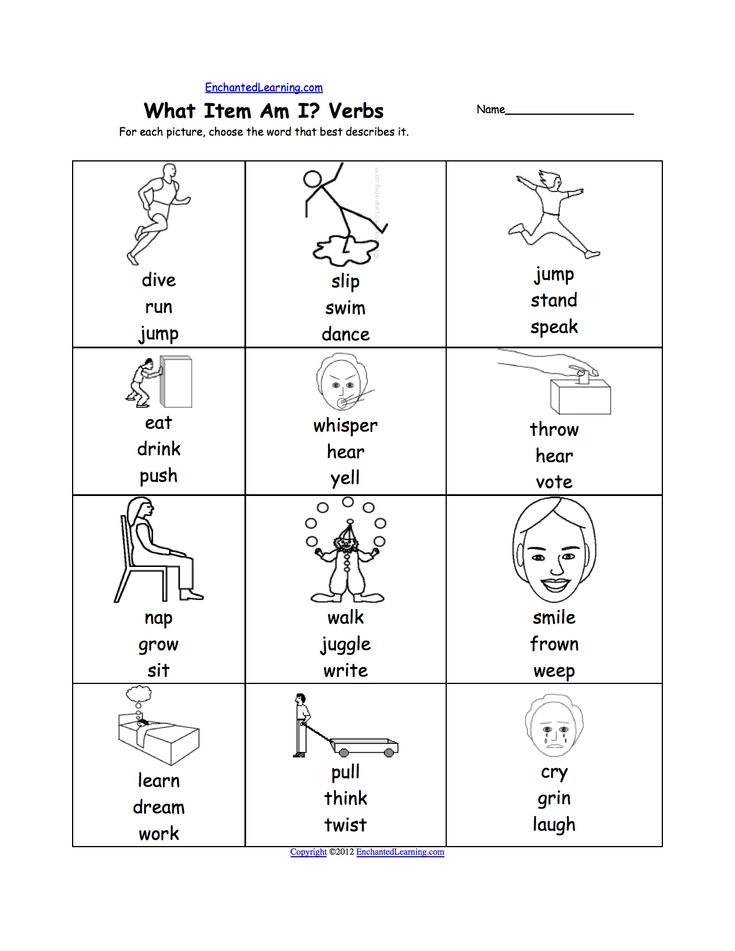 Moreover, the right leg only slightly moves towards the left, and the left leg, on the contrary, makes almost the entire path to the connection with the right, i.e. the supporting leg hits the working one. The heel of the left foot, as it were, knocks the heel of the right foot with a slight advance to the right. With this blow, the right leg is slightly thrown to the side.
Moreover, the right leg only slightly moves towards the left, and the left leg, on the contrary, makes almost the entire path to the connection with the right, i.e. the supporting leg hits the working one. The heel of the left foot, as it were, knocks the heel of the right foot with a slight advance to the right. With this blow, the right leg is slightly thrown to the side. 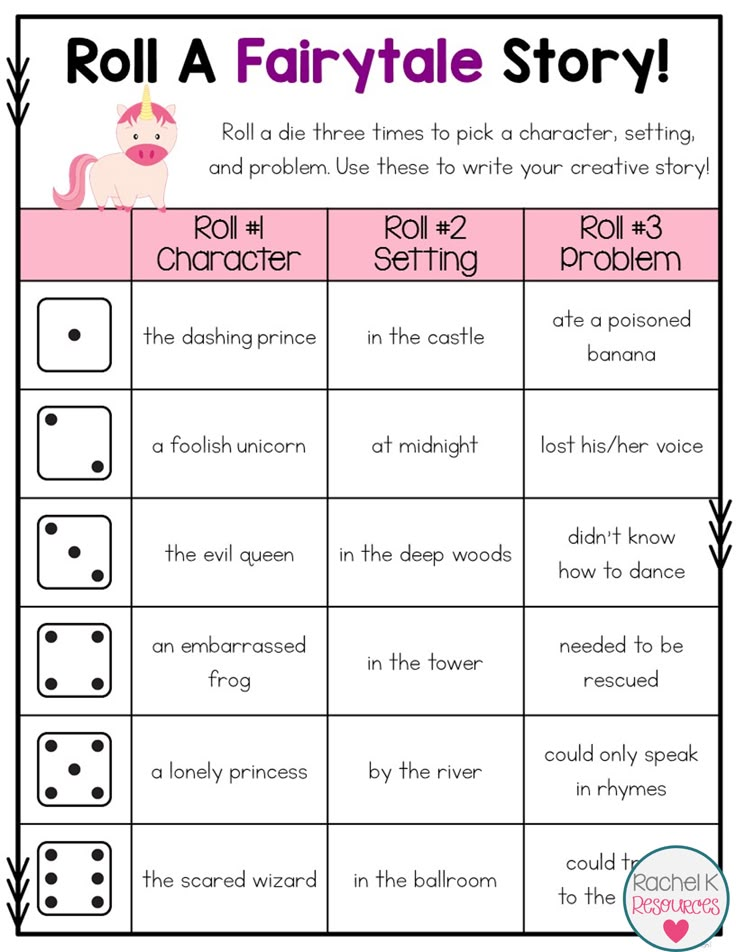
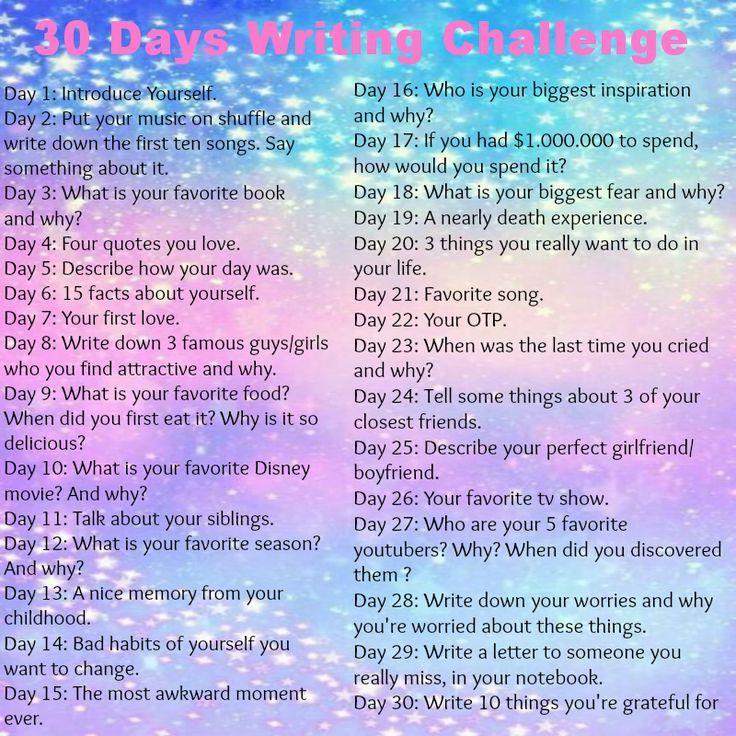
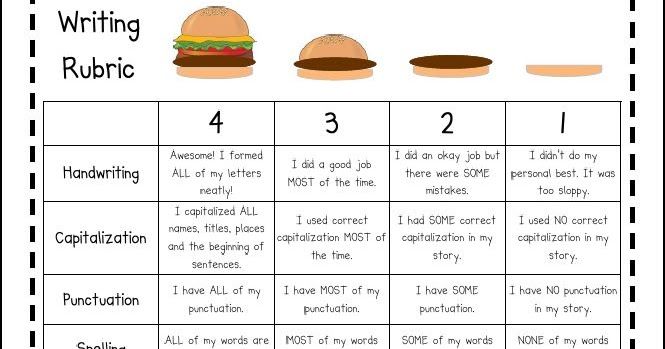 )
) 

